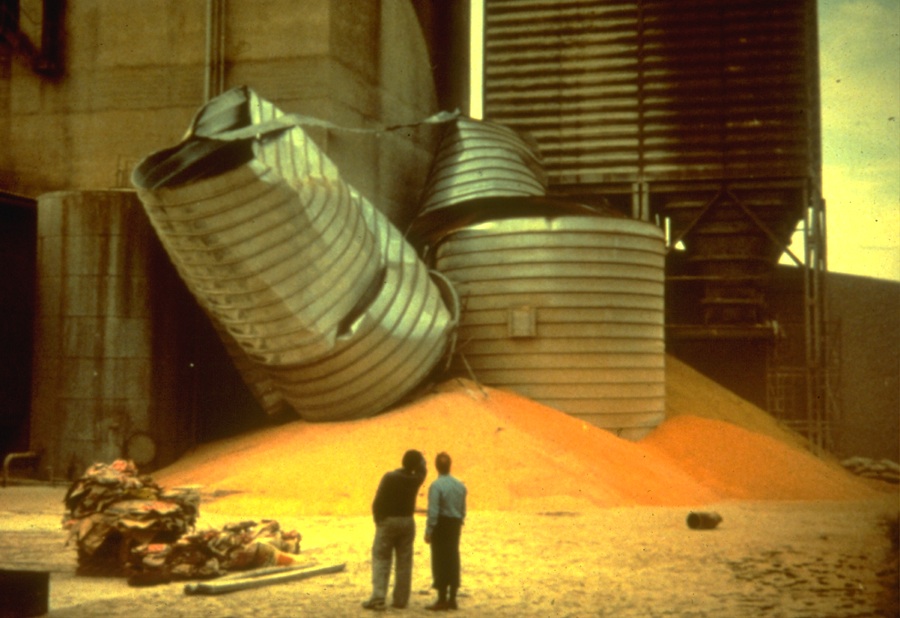Dipartimento di Matematica Guido Castelnuovo, Università Sapienza Roma

Abstract: Granular materials are made of macroscopic particles, called grains: sand, rice, sugar and powders are typical examples. They are important in our everyday life, in many industrial applications and in the prevention of geophysical hazards. In physics, mainly in the realm of non-equilibrium statistical mechanics, granular systems are an inspiring source of phenomena and questions. The simplest model of granular material is a "fluid" made of inelastic hard spheres. For such a system - in the dilute limit - the classical program of kinetic theory (Boltzmann equation, Chapman-Enskog-based hydrodynamics, and much more) has been developed by physicists and mathematicians in the last decades. In this seminar, after recalling a few key results of such a theoretical activity, I will focus on a series of experiments made in my laboratory in the last 5 years. They concern the statistical properties of a massive probe immersed in a steady state granular fluid. The fluid is obtained by vibro-fluidization of a large number of hard spheres of different materials, while the probe is a rigid rotator whose angular displacement and angular velocity are the key observables. In the dilute limit one conjectures a Markovian approximation for the rotator's dynamics which explains many aspects of the experiment, including a qualitative understanding of "motor effects" in the presence of rotator's asymmetries. Further noticeable facts appear when the granular fluid is not dilute, mainly the violation of the mobility-diffusivity Einstein relation, and anomalous diffusion. For these phenomena a predictive theory is lacking and only phenomenological models are available.

